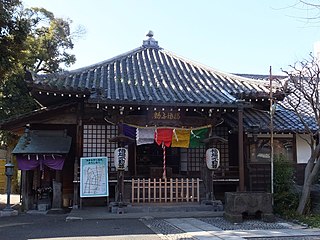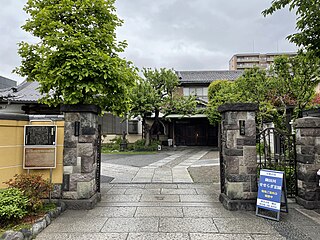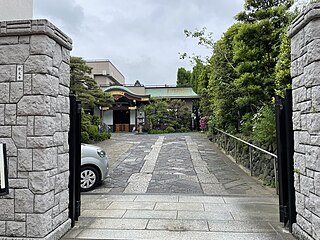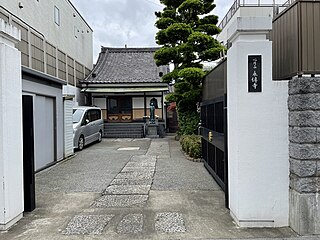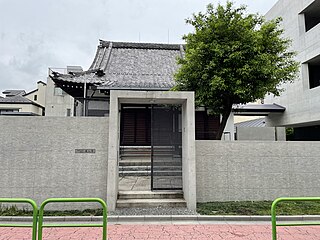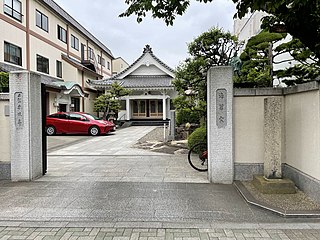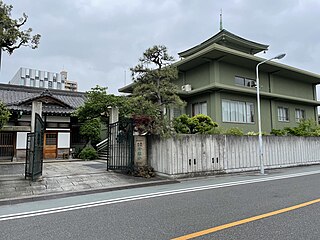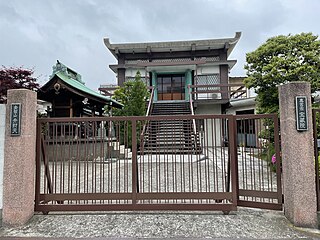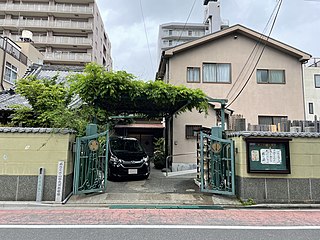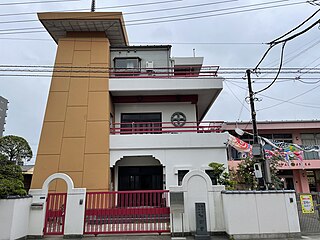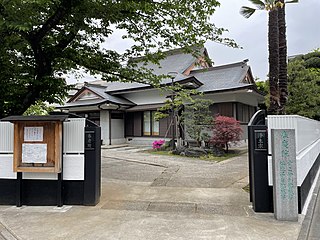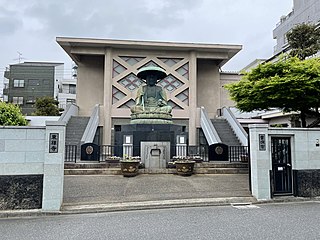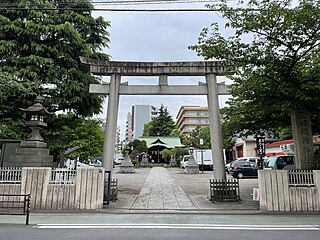Self-guided Sightseeing Tour #15 in Tokyo, Japan
Legend
Guided Free Walking Tours
Book free guided walking tours in Tokyo.
Guided Sightseeing Tours
Book guided sightseeing tours and activities in Tokyo.
Tour Facts
2.7 km
40 m
Experience Tokyo in Japan in a whole new way with our free self-guided sightseeing tour. This site not only offers you practical information and insider tips, but also a rich variety of activities and sights you shouldn't miss. Whether you love art and culture, want to explore historical sites or simply want to experience the vibrant atmosphere of a lively city - you'll find everything you need for your personal adventure here.
Activities in TokyoIndividual Sights in TokyoSight 1: 橋場不動院
Fudoin is a temple of the Tendai sect located in Taito-ku, Tokyo.
Sight 2: 福壽院
Fukujuin is a Soto Zen temple located in Taito, Tokyo.
Sight 3: 保元寺
Hogenji Temple is a temple of the Jodo sect located in Taito-ku, Tokyo.
Sight 4: 永伝寺
Eidenji Temple is a temple of the Soto sect located in Taito-ku, Tokyo.
Sight 5: 通入寺
Tsunyuji is a temple of the Honganji sect of Jodo Shinshu located in Taito, Tokyo.
Sight 6: 本性寺
Honshoji Temple is a temple of the Honmon-ryu sect of the Hoka sect located in Taito-ku, Tokyo.
Sight 7: 浄雲寺
Jounji Temple is a temple of the Jodo Shinshu Honganji sect located in Taito-ku, Tokyo.
Sight 8: 宝蔵院
Hozoin is a temple of the Shingon sect, Toyosan school, located in Taito Ward, Tokyo.
Sight 9: 光照院
Koshoin is a temple of the Jodo sect located in Taito-ku, Tokyo.
Sight 10: 仰願寺
Koganji Temple is a temple of the Jodo sect located in Taito-ku, Tokyo.
Sight 11: 春慶院
Shunkei-in is a temple of the Jodo sect located in Taito-ku, Tokyo.
Sight 12: 東禪寺
Tozenji Temple is a temple of the Soto sect located in Taito-ku, Tokyo.
Sight 13: Tamahime Inari Shrine
Tamahime Inari Shrine is a shrine in Taito-ku, Tokyo.
Share
How likely are you to recommend us?
Disclaimer Please be aware of your surroundings and do not enter private property. We are not liable for any damages that occur during the tours.
GPX-Download For navigation apps and GPS devices you can download the tour as a GPX file.
